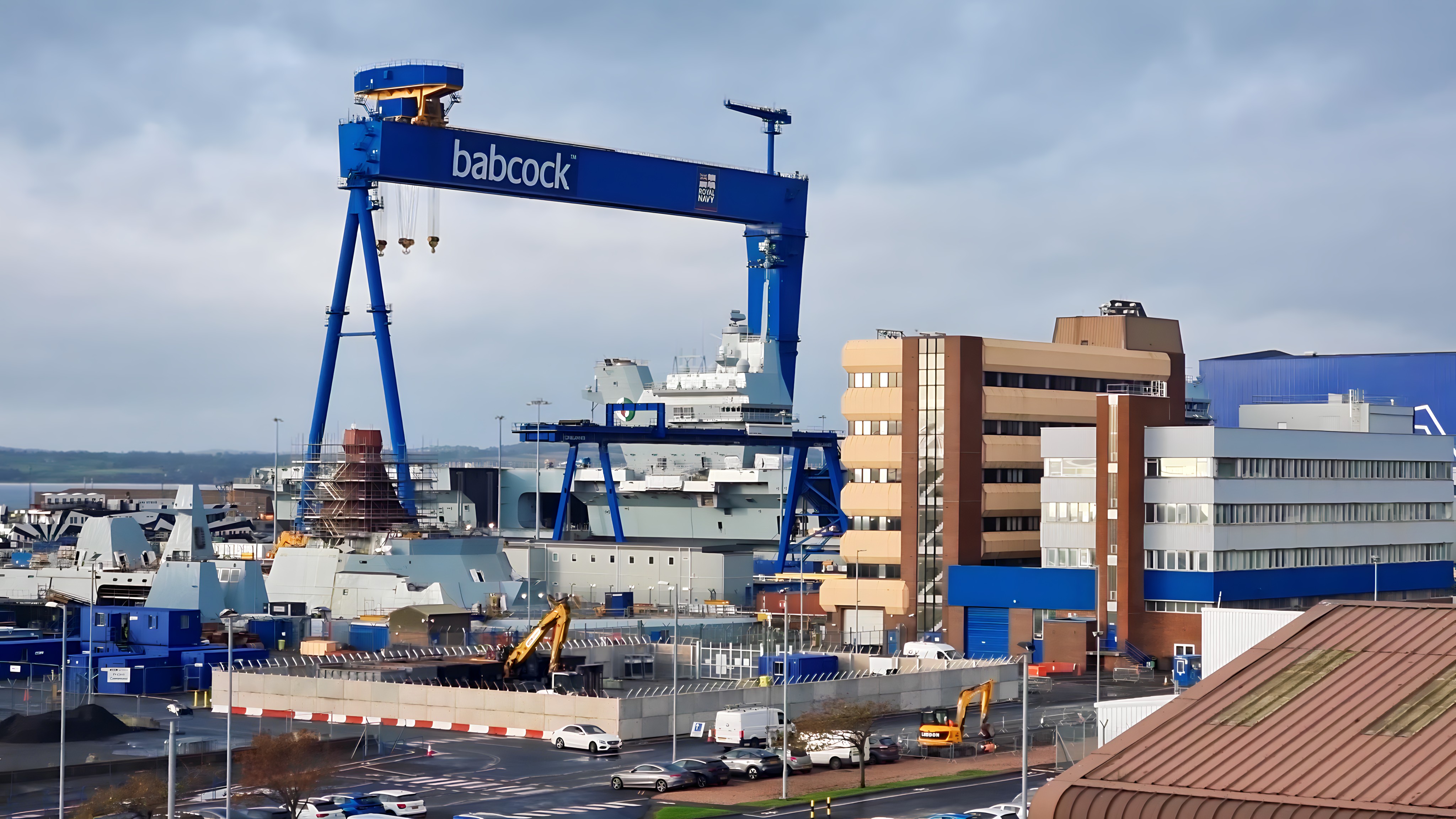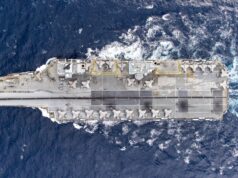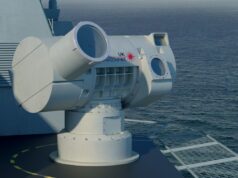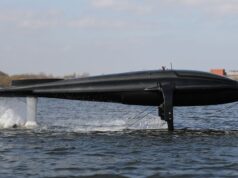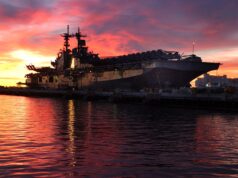A multinational group of warships has arrived in Scottish waters following the conclusion of Exercise Formidable Shield 2025, NATO’s largest live-fire integrated air and missile defence exercise.
Among the vessels docking in Scotland are the U.S. Navy destroyers USS Thomas Hudner and USS Bulkeley, Dutch frigates HNLMS Tromp and HNLMS De Ruyter, and the French Navy’s frigate Normandie. These warships were part of a broader allied fleet that took part in the month-long exercise, which has now ended.
The ships’ presence marks the end of a complex and high-tempo series of operations that spanned air, sea, and land domains across the North Atlantic and Baltic regions. Held primarily at the Hebrides Range in Scotland, the exercise featured over a dozen NATO nations working together to enhance their collective missile defence posture.
This is a common occurrence; ships often come into Glasgow after or before an exercise.
Exercise Formidable Shield 2025, led by the U.S. Sixth Fleet and coordinated by STRIKFORNATO, brought together allied forces in a large-scale rehearsal of defensive responses to missile and air threats. The scenario design incorporated evolving threat profiles and included live launches of surface-to-air missiles, air-to-air coordination, and for the first time in decades, a U.S. Army HIMARS launch from UK soil.
James Anderson of QinetiQ, which manages the Hebrides Range and provides the technical backbone of the exercise, described it as “probably the largest multinational live fire event that happens in the world.” The company supported the effort by managing airspace, providing a diverse array of missile and aerial targets, and ensuring safety across a cleared range area reportedly over a million square kilometres in size.
Warships participating in the exercise demonstrated their ability to track and intercept a variety of aerial threats, including ballistic missiles, under high-pressure and limited-warning conditions. NATO’s Airborne Warning and Control System (AWACS) aircraft provided critical command and control functions, while Eurofighter Typhoons and maritime patrol aircraft offered air cover and situational awareness.
The arrival of allied ships in Scotland post-exercise reflects both the multinational character of Formidable Shield and the strategic importance of UK waters in NATO’s integrated defence network. While not all participants are coming into Faslane or Glasgow itself, the sight of these high-end platforms in Scottish ports underscores the scale and operational intensity of the exercise.
Their continued presence is also a reminder of NATO’s emphasis on forward presence and readiness in northern European waters, particularly amid heightened tensions in nearby regions.
Formidable Shield will return in 2027, but the lessons from this year’s iteration—on interoperability, responsiveness, and threat realism—are likely to shape allied maritime strategy for years to come.




